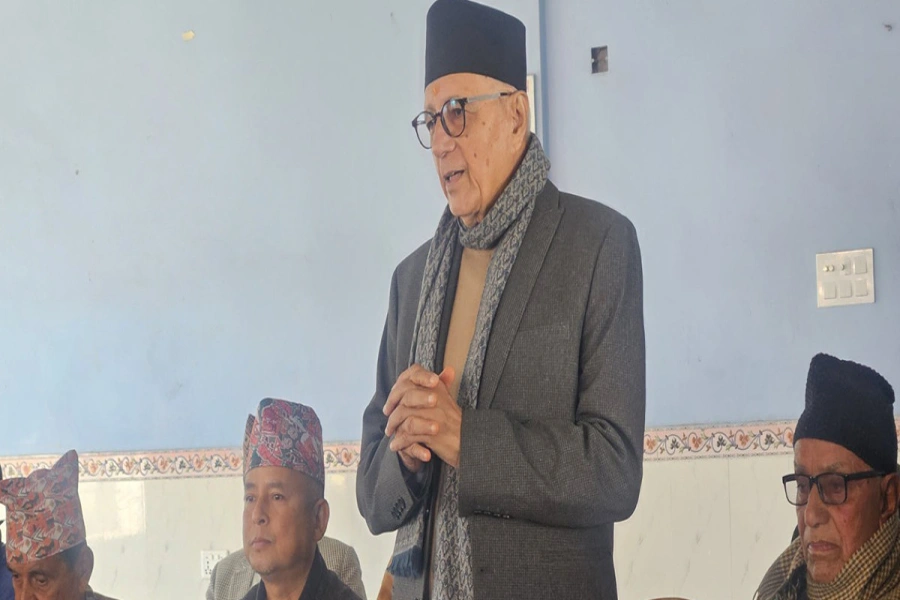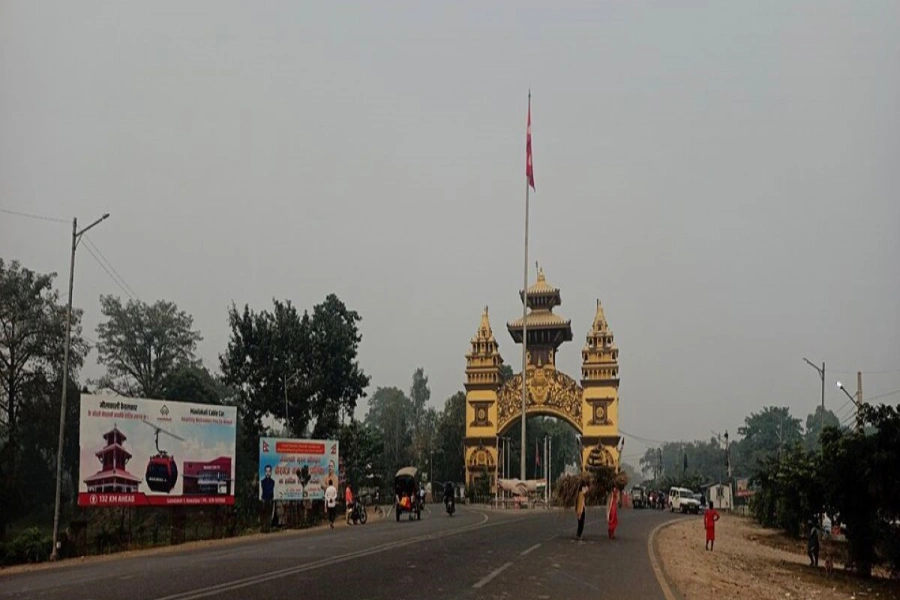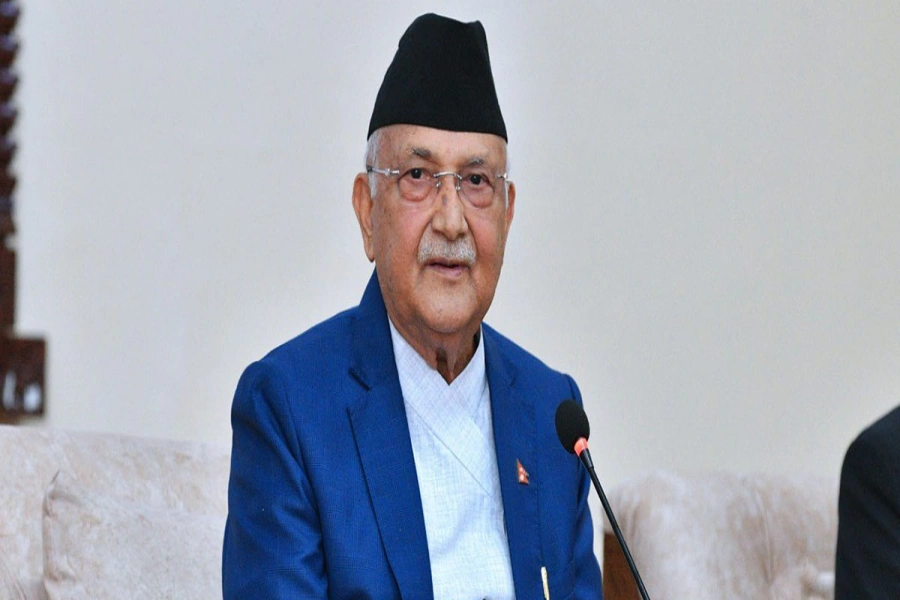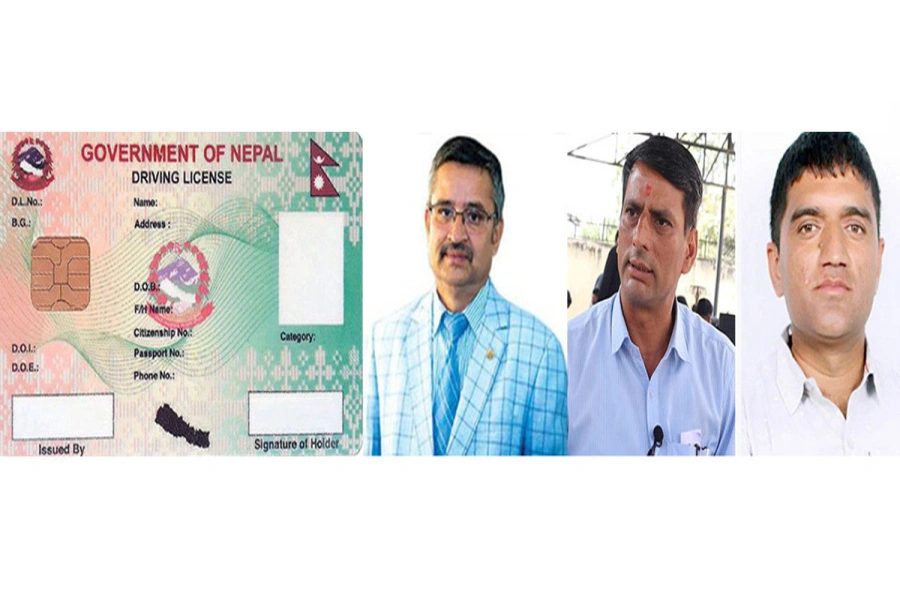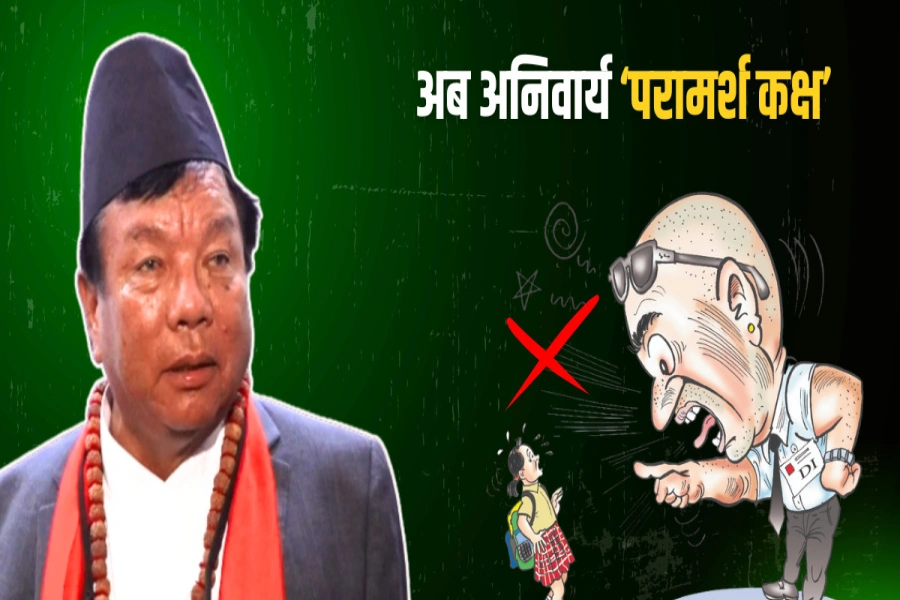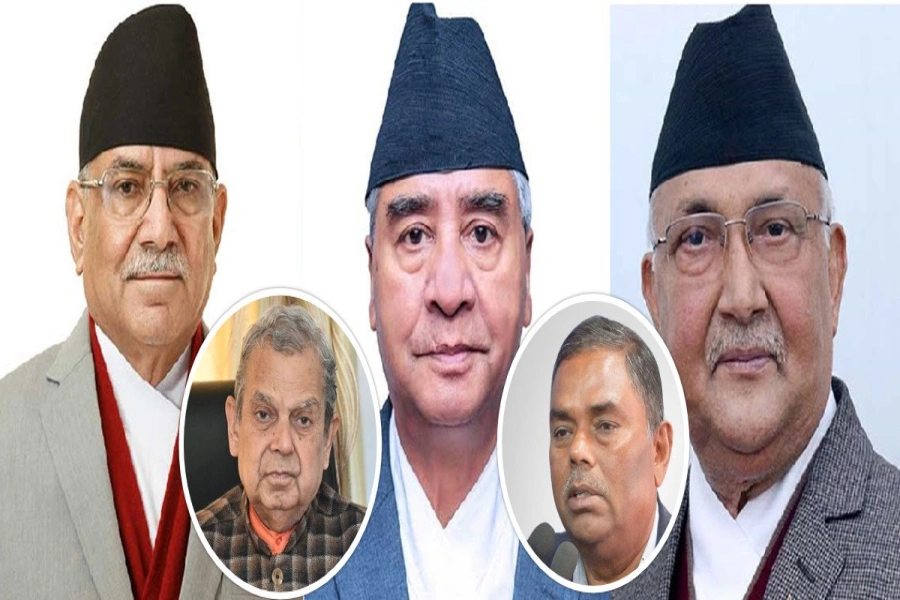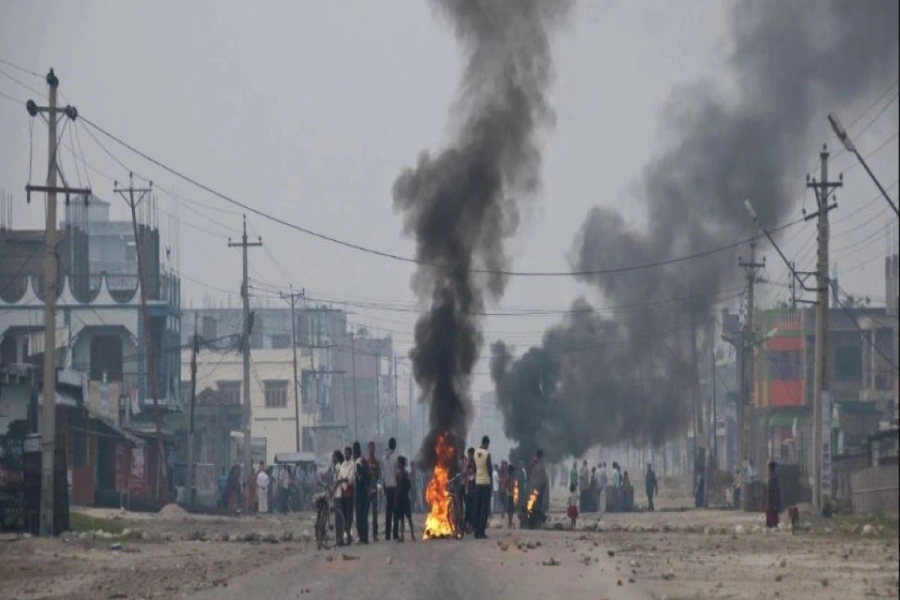Kautilya (circa 350–283 BC) is widely regarded as one of the earliest political thinkers to systematically define the functions of government, modes of governance, and fiscal policies pertaining to state revenue and spendings. His seminal work, the Arthashastra, stands as one of the most comprehensive ancient treatises on statecraft, encompassing political theory, economics, military strategy, and administrative governance. The treaties remained highly influential until the 12th century before fading into obscurity, only to be rediscovered in 1904 by the Indologist R. Shamasastry. Following its initial publication in 1909, the first English translation appeared in 1915, introducing Kautilya’s work to modern scholarship.
The Arthashastra provides a deeply and widely structured framework for governance, with particular emphasis on the state’s fiscal responsibilities. Kautilya delineates the critical role of government expenditures in ensuring citizen welfare, environmental sustainability, public safety, and agricultural development - all of which remain salient concerns in contemporary governance. Drawing upon these foundational principles, this analysis examines the trajectory of government spending in Nepal within the context of federalism.
Federalism, as a political and economic system, represents a sophisticated model of governance that balances shared authority between central and regional entities. The political economist Daniel Elazar conceptualizes federalism as a broad institutional arrangement characterized by multiple levels of government, combining shared governance (through collaborative central institutions) with regional autonomy (allowing constituent units self-rule). This dual structure accommodates diverse cultural, ethnic, linguistic, and economic interests while maintaining national cohesion.
IMF raises 2023 economic outlook but warns of slowing global gr...

The Economic Survey (2023/24), released by Nepal’s Ministry of Finance, reveals critical insights into the country’s fiscal dynamics. The federal government’s total spending stood at NRs 1,421.327 billion, equivalent to 26.57% of GDP. Within this, recurrent expenditures covering essential operational costs such as salaries, social security, and infrastructure maintenance accounted for NRs 991.507 billion (18.54% of GDP). Capital expenditures, which include long-term investments in infrastructure, energy, and environmental protection, amounted to NRs 234.625 billion (4.39% of GDP), reflecting the government’s efforts to stimulate economic growth, employment, and industrial productivity. Meanwhile, financial management expenditures, primarily servicing public debt, reached NRs 195.195 billion (3.65% of GDP), underscoring the fiscal burden of domestic and international borrowing.
On the revenue side, total collections amounted to NRs 834.060 billion (15.59% of GDP), with tax revenues contributing NRs 748.402 billion (13.99% of GDP) and non-tax revenues NRs 84.64 billion (1.6% of GDP). Despite these inflows, the budget deficit remained substantial at NRs 499.142 billion (9.33% of GDP), with a revenue deficit of NRs 157.447 billion (2.94% of GDP), highlighting persistent fiscal challenges. When consolidated across all three tiers of government (federal, provincial, and local), total expenditures rose to NRs 1,656.068 billion (30.96% of GDP), dominated by recurrent spending at 17.43% of GDP. Capital expenditures across all levels reached 9.86% of GDP, while financial management accounted for 3.67%. Total revenues for the three tiers amounted to NRs 1,035.745 billion (19.37% of GDP), with tax revenues at 17.19% and non-tax revenues at 2.17%. The overall budget deficit widened to NRs 526.67 billion (9.85% of GDP), signaling structural fiscal pressures.
A critical examination of these figures reveals several key concerns. First, the disproportionately high recurrent expenditures nearly double the capital outlays that suggests inefficiencies in allocating resources toward long-term growth. While operational costs are necessary, underinvestment in productive infrastructure risks stifling economic expansion. Second, weak revenue mobilization, particularly tax collection at only 17.19% of GDP, points to systemic challenges in broadening the tax base and improving compliance. Third, the three-tier federal structure appears to exacerbate fiscal imbalances, as subnational governments contribute significantly to spending without corresponding revenue generation. Unless addressed through improved fiscal coordination and enhanced revenue policies, these trends may perpetuate unsustainable debt accumulation and hinder Nepal’s developmental trajectory.While Nepal’s fiscal framework supports essential governance functions, its heavy reliance on recurrent spending and borrowing, coupled with inadequate revenue generation, poses significant risks to macroeconomic stability. Strategic reforms in public financial management, coupled with targeted investments in growth-enhancing sectors, will be crucial to ensuring fiscal sustainability and long-term economic resilience.
Capital spending encompasses government expenditures on physical assets such as land, buildings, furniture, civil works, vehicles, machinery, and related infrastructure segments. In the fiscal year 2023/24, Nepal’s capital investment constituted only 9.86 percent of GDP, a figure far too inadequate to drive meaningful economic development or sustain long-term growth. Given the country’s substantial infrastructure deficits, the current level of budgeted capital spending remains insufficient to address critical gaps in key sectors, including energy, transportation, water supply, sanitation, irrigation, environment, public health and telecommunications, etc. Effective budget execution, essential for enhancing capital expenditure, has been persistently undermined by bureaucratic inefficiencies in project approval and procurement, as well as systemic weaknesses in implementation capacity. Structural challenges, such as the limited technical expertise of line agencies, inadequate multi-year funding commitments, and the inclusion of poorly prepared projects in the budget, have led to significant underspending at the end of each fiscal cycle.
The effective implementation of capital projects is severely undermined when initiatives commence without adequate groundwork, such as finalized designs, settled land acquisition, fully operational project offices, competent human resource and well-defined procurement strategies. Compounding this issue is the government's disproportionate focus on recurrent expenditures, which offers bureaucrats greater financial incentives through legally permissible yet ethically questionable exploitation of administrative loopholes. This misaligned prioritization must be rectified to redirect government energy toward productive capital investments. Further systemic obstacles include protracted inter-ministerial approvals, sluggish budget disbursements, inefficient procurement systems, underqualified contractors and their under capacity, and deficient construction supervision. Political meddling and high turnover among key officials further destabilize institutional memory, eroding both strategic planning and execution efficacy. These interconnected inefficiencies perpetuate Nepal’s infrastructure deficit, stifling economic advancement.
To achieve meaningful socioeconomic developmental outcomes, Nepal must undertake comprehensive reforms in project governance, institutional capacity, budget transparency, and fiscal accountability. Drawing upon the principles of Kautilya’s Arthashastra, which emphasizes strict accountability through punitive measures for underperformance as a modern meritocratic system should be institutionalized to penalize inefficiency while incentivizing high performance. The forthcoming budget must directly address structural barriers to effective capital expenditure, including bureaucratic inertia, insufficient project preparedness, and fiscal mismanagement. Equally imperative is the depoliticization of infrastructure investments, ensuring that budgetary oversight is transparent and stimulus allocations are free from partisan influence. Political parties must abandon patronage-driven project selection in favor of technocratic, needs-based prioritization. Furthermore, Nepal must substantially increase capital expenditures to 15-20% of GDP to sustain economic growth, while concurrently reducing recurrent expenditures by 10-20% from current levels to reallocate resources more efficiently. Only through such systemic overhauls rooted in accountability, transparency, and evidence-based policymaking can Nepal overcome its infrastructural deficits and secure long-term economic progress. The integration of classical governance wisdom with modern fiscal discipline presents a viable pathway toward sustainable economic development and secured growth.
The views expressed in this article are his own and do not reflect those of any affiliated organizations.




